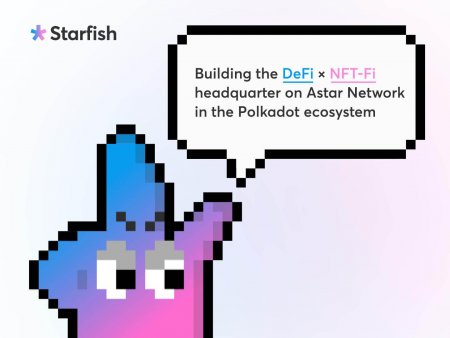Over 50% of Attacks on DeFi Ecosystems Use This Vector: Researcher
08.10.2022
News / Economy
Kofi Kufuor proposed his own classification of attacks on decentralized finance¬Ý(DeFi) protocols and indicated¬Ýcore vulnerabilities this turbulent segment is exposed to.
According to his detailed post, all attacks that resulted in money being stolen from crypto protocols¬Ýcan be divided into four types based on "vulnerability stack."
That said, all recent attacks are executed either against the ecosystem, protocol, smart contract language, or¬Ýinfrastructure. Infrastructure attacks target weaknesses of consensus, Internet systems behind DeFis, private keys and so on.
Smart contract language attacks exploit design flaws of programming languages used for smart contract¬Ýcreation. Protocol logic attacks are executed under bad business logic¬Ýand tokenomical weaknesses.
Last but not least, ecosystem attacks target the interactions between various DeFi protocols: to initiate an attack¬Ý(or amplify it), malefactors borrow money from one protocol and inject it¬Ýinto the liquidity pools of another¬ÝDeFi.
Ecosystem attacks are the most frequent: over 41% of all DeFi hacks belong to this group. At the same time, should we exclude the three¬Ýmost devastating¬Ýhacks from the¬Ýanalysis (Ronin Bridge, Poly Network, BNB Chain bridge), infrastructure attacks resulted in the largest losses.
Out of ecosystem hacks,¬Ýflash loan attacks with price oracles are the most frequent; various attacks on private keys (phishing, brute force, compromised keys¬Ýand so on) are dominant in anti-infrastructure hacks.
Ethereum-based apps witnessed $2 billion in stolen funds. More than one half of attacks in 2020-2022 targeted cross-network bridges and multi-blockchain apps.
Four major types of attacks in DeFi
According to his detailed post, all attacks that resulted in money being stolen from crypto protocols¬Ýcan be divided into four types based on "vulnerability stack."
That said, all recent attacks are executed either against the ecosystem, protocol, smart contract language, or¬Ýinfrastructure. Infrastructure attacks target weaknesses of consensus, Internet systems behind DeFis, private keys and so on.
Smart contract language attacks exploit design flaws of programming languages used for smart contract¬Ýcreation. Protocol logic attacks are executed under bad business logic¬Ýand tokenomical weaknesses.
Last but not least, ecosystem attacks target the interactions between various DeFi protocols: to initiate an attack¬Ý(or amplify it), malefactors borrow money from one protocol and inject it¬Ýinto the liquidity pools of another¬ÝDeFi.
Multi-chain apps and bridges under fire
Ecosystem attacks are the most frequent: over 41% of all DeFi hacks belong to this group. At the same time, should we exclude the three¬Ýmost devastating¬Ýhacks from the¬Ýanalysis (Ronin Bridge, Poly Network, BNB Chain bridge), infrastructure attacks resulted in the largest losses.
Out of ecosystem hacks,¬Ýflash loan attacks with price oracles are the most frequent; various attacks on private keys (phishing, brute force, compromised keys¬Ýand so on) are dominant in anti-infrastructure hacks.
Ethereum-based apps witnessed $2 billion in stolen funds. More than one half of attacks in 2020-2022 targeted cross-network bridges and multi-blockchain apps.
Similar news:
02.09.2022





